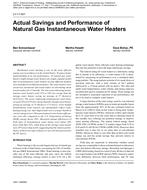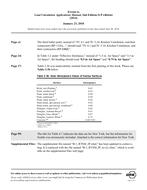The post-harvest losses in the agriculture sector for fruits and vegetables account for about 25% to 30% of production. In order to address the food and energy scarcity problems in remote areas, a cold storage system is required which harnesses the potential of the solar energy which is in phase with the cooling load requirement. The present study is on the feasibility of a solar adsorption refrigeration system for a plant utilizing solar flat plate collector. This initial study describes the selection of an appropriate adsorption cycle with an adsorbate-adsorbent pairs that could be explored for a certain geographical location. This selection is done on the basis of the right combination of the cycle and the adsorbent adsorbate pairs yielding a better trade-off between COP and the specific cooling power (SCP) for the plant. A computational model was used in predicting the COP and SCP characteristics of the previously explored adsorbateadsorbent pairs and the cycle fulfilling the requirements of the cooling temperature. The computational model analyzed heat and mass transfer conditions over various components of the refrigeration system using MATLAB and the equations were solved using an Euler explicit time scheme. The available solar radiation and the average DBT at the particular geographical location have been considered by the model.
Citation: 6th International Conference on Energy Research and Development, State of Kuwait, March 14–16, 2016
Product Details
- Published:
- 2016
- Number of Pages:
- 8
- Units of Measure:
- Dual
- File Size:
- 1 file , 1.9 MB
- Product Code(s):
- D-ICER16-13


